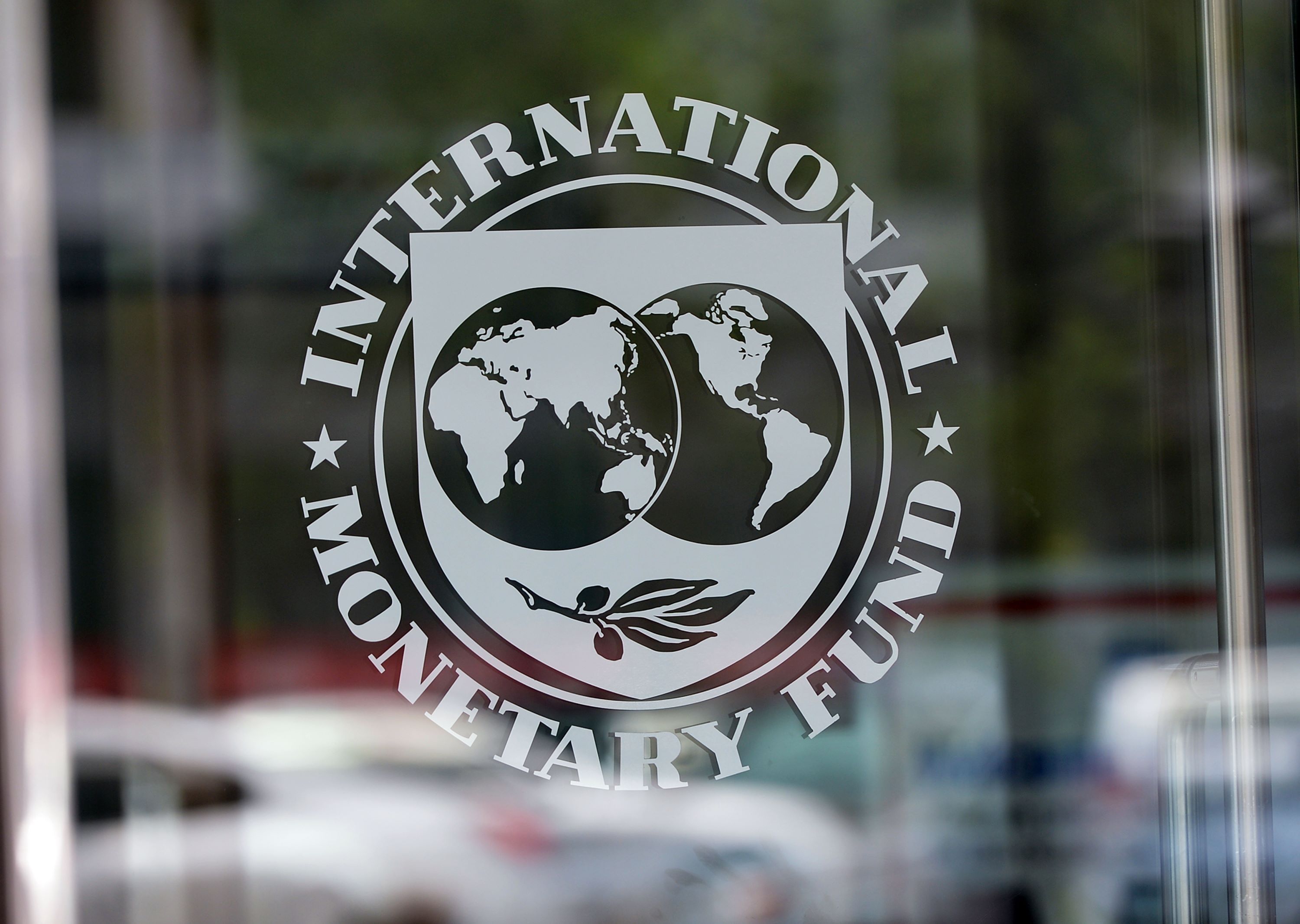Public debt in the Middle East region may reach almost 95% of GDP, as fiscal deficits deteriorate, Bloomberg announced in a recent report prepared by the International Monetary Fund (IMF).
The decline is projected to occur due to spending increases and lower growth in tax revenue, the report said.
Egypt, Uzbekistan, and Djibouti are among a handful of economies expected to avoid a contraction, the report added. It noted that a debt pile-up across the Middle East and Central Asia will tie down resources available to fight the coronavirus (COVID-19) pandemic. The debt pile-up could pose an added challenge, as an estimated $35bn in the region’s external sovereign liabilities mature this year.
Large forthcoming maturing debt presents financing risks in the current market conditions, the IMF report said, adding that high public debt levels may limit fiscal space available to undertake additional measures.
Blindsided by the crash in oil prices and the worsening health emergency, the region’s economies will contract by an average of 3.1% this year.
Given the downward revisions by most countries, the IMF estimates that the crisis will erase $425bn from the region’s total output. For context, this is roughly equivalent to the size of Norway’s entire gross domestic product (GDP).
Oil exports are projected to decline by more than $250bn, pushing regional budgets into deficits that will exceed 10% of GDP in most countries. Fiscal packages rolled out in many nations to contain the outbreak and support businesses amount to an average size of 3.8% of GDP.
Liquidity support measures, with an average of 3.4% of GDP, have been announced by central banks in seven countries to contain the impacts of the pandemic.




